The Yokohama bird is a breed of a particular fancy chicken mainly kept for showing rather than producing eggs or meat. Known for their impressive and elegant tail feathers, these birds were bred to be ornamental.
Introduced to the American Poultry Association’s Standard of Perfection in 1981, the US Yokohama chicken is not the same as the British Yokohama, known in the US and around the world as the Phoenix breed of chicken.
This article will cover
- Yokohama Chicken Background and History
- Yokohama Chicken Breed Standard
- Personality and Temperament
- Yokohama Chicken Egg Laying
- Health Issues and Care
- 5 Tips for Raising Yokohama Chickens
Yokohama Chicken Background and History
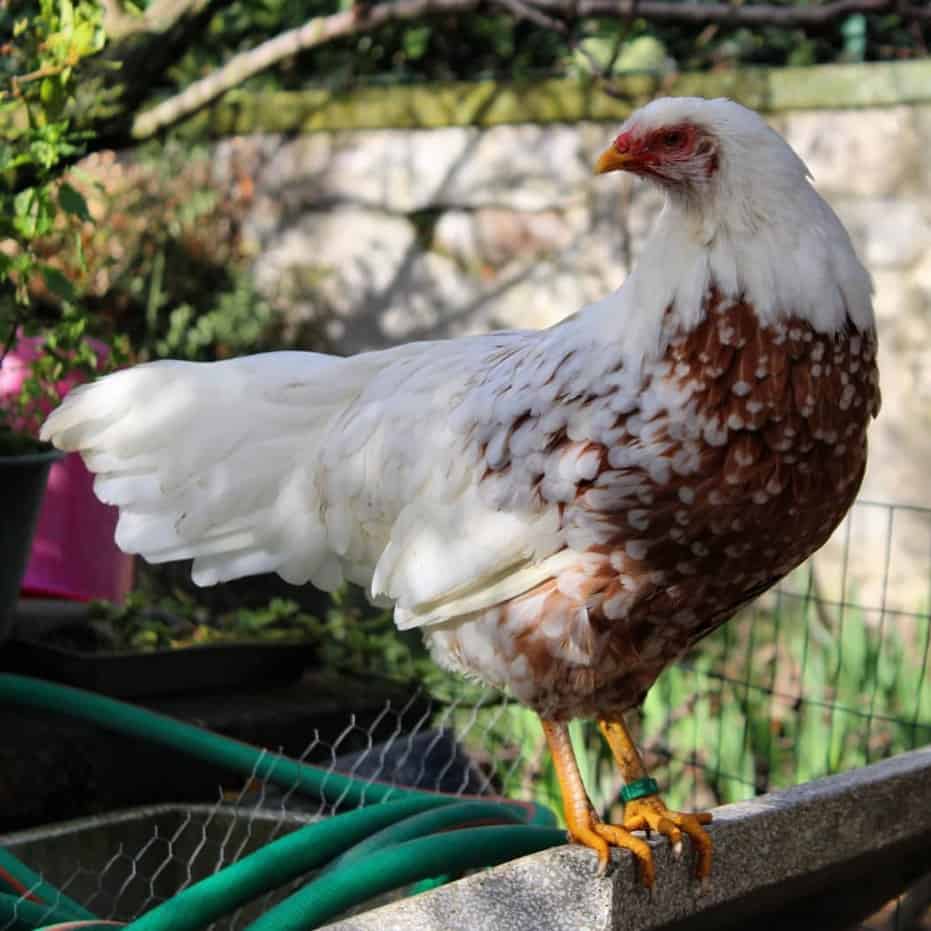
Although this breed is known as the Yokohama, the bird’s origins are actually German. Created in the late 1800s, these birds were not introduced to Japan until later in the century.
As Japan had nearly closed all foreign trade from 1639 to 1854, foreign trade would not be reignited until later in the century. During this time, the Yokohama port would be constructed.
Having been introduced to Japan from Germany, many of these chickens would be shipped from Yokohama port to France, with the Parisian parties of interest giving them their Yokohama nickname after their port of origin. The Yokohama would eventually be introduced to Britain, with the breeders’ club being formed around 1904.
Due to the multiple countries of interest in which the Yokohama chicken was developed, multiple varieties of chicken known as the Yokohama chicken exist today. In Germany, bantam Yokohama chickens were bred by cross-breeding chickens with bantams of other breeds, with the bantam chickens providing them their unique color.

The British variety of Yokohama would go on to be known for both the Yokohama birds imported as well as what is commonly known as the Phoenix breed, a single comb breed of chicken with colors that greatly differ from the traditional Yokohama.
As the breed’s history is slightly convoluted and crossed between multiple countries of origin, it is unknown if the breed’s red-saddle color was first created by German breeders or by breeding the imported birds with birds found in Japan.
Regardless, in 1864 the elegant bird was introduced to Paris’ Jardin Zoologique d’Acclimatation, a large museum and amusement park known for its decadent displays of natural wonders.
Yokohama Chicken Breed Standard
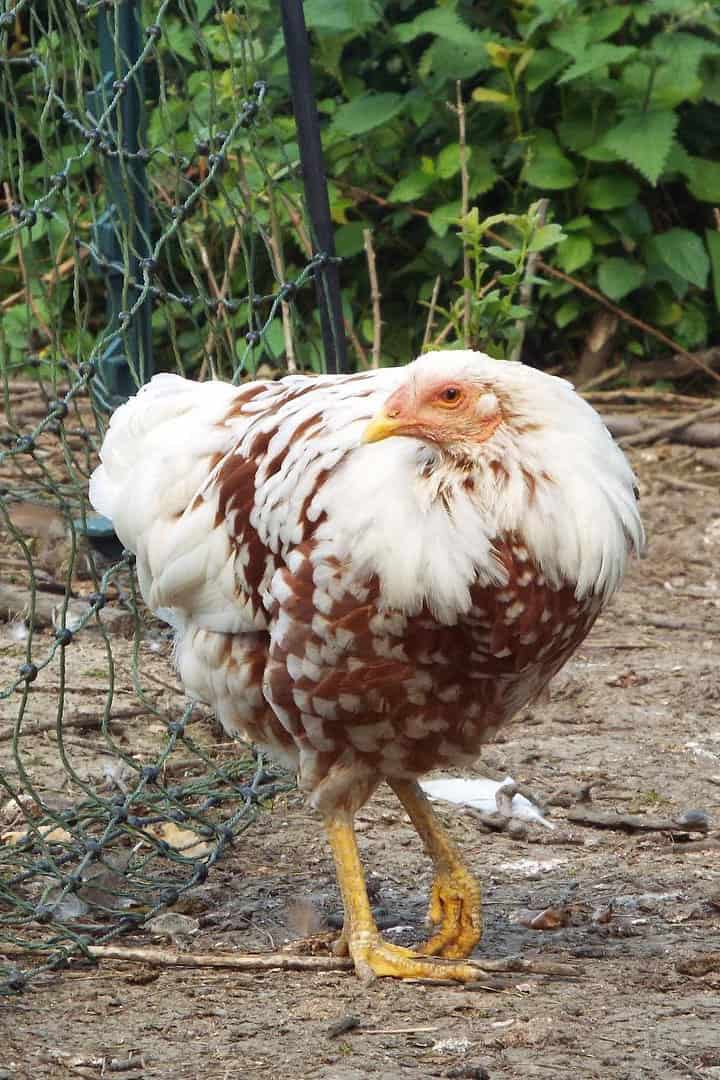
The American Standard of Perfection officially recognizes two varieties of the Yokohama chicken:
- red-saddled
- white
These are the same varieties officially recognized in Germany, although Britain also recognized:
- black-red
- silver duckwing
- black-tailed buff
- blue-red
- golden duckwing
- spangled
Officially, the Yokohama chicken is of a small breed, particularly known for its unusually long and elegant tail. This chicken also has an impressive trail of saddle feathers that only serve to add to its overall elegance.
The Yokohama chicken is known for its pea-shaped or walnut-shaped comb, as well as its yellow beak, legs, and feet and orange to red-colored eyes.
The unique red-saddled variety of the Yokohama chicken is additionally known for the red patch that is present on its shoulder. Elegant, with trailing feathers and an impressive tail, this chicken is almost always kept for showing rather than breeding.
The wattles of the Yokohama chicken are often either small or missing. Pure white, with the red-saddled variety, also having redbreasts, both recognized varieties are visually stunning.
Typically, the male variety of chicken reaches 4.5 lbs while the females reach 3.5 lbs.
| Attribute | Yokohama Chicken |
|---|---|
| Purpose | Ornamental/show |
| Egg Color | White or cream |
| Egg Size | Small |
| Broody | Yes |
| Heat Tolerance | Yes |
| Cold Tolerance | No |
| Comb Type | Pea-shaped or walnut-shaped |
| Egg Production | 80 eggs per year (large fowl) |
| Chicken Skin Color | Yellow |
| Life Span | Not specified |
| Adult Weight | Hen: 3.5 lbs, Rooster: 4.5 lbs |
| Backyard Friendly | 4/5 |
Personality and Temperament
Known as elegant chickens, the Yokohama chickens have been bred for a life of captivity. Because of this, the Yokohama chicken is particularly adept at bearing confinement.
Additionally, this chicken is particularly docile, meaning it will likely not pick fights with any other chicken. Well-suited to heat but not particularly hardy in the cold, these chickens do well to have a well-constructed home.
Because of their docile nature, these chickens make particularly good pets, making them suitable even for small children. Owners report their Yokohama chickens as even being easy to carry around, oftentimes even preferring to be held and cradled above all else.
As with many chicken breeds, Yokohama roosters are known for being more aggressive than their hen counterparts and can still be particularly aggressive when provoked due to their impressive claws.
These chickens are not suited to free-ranging due to their being bred for show. Owners should expect to wrangle them up if allowed to range freely.
Their docile nature makes them mostly either friendly or indifferent to other chickens. However, this same easy-going nature makes them less than adept foragers.
Yokohama Chicken Egg Laying

Those looking for a breed of impressive egg-laying chickens will likely be less than impressed with the Yokohama. Bred for elegance and show rather than utility, these chickens produce a paltry 80 eggs a year, with bantams producing around 90.
The eggs produced by the Yokohama are small, weighing from 30 grams for bantams to 40 grams for a typical-sized hen.
Mostly white or cream-colored, these small eggs are not particularly impressive. Those looking for impressive egg production will likely be disappointed in Yokohama’s average of about 1 egg per week.
Despite its low propensity to egg production, the sheer stunning quality of the Yokohama has not led to a decline in the bird in the United States or Germany. However, despite there being more recognized breeds of the Yokohama in Britain, the bird has actually gained rare status in the UK.
Those looking to continue breeding Yokohama birds should not be deterred by their low yield, as 90 eggs a year should be enough to keep a flock of these impressive birds going. While these birds fetch a handsome price with breeders, they are worth the investment.
Health Issues and Care
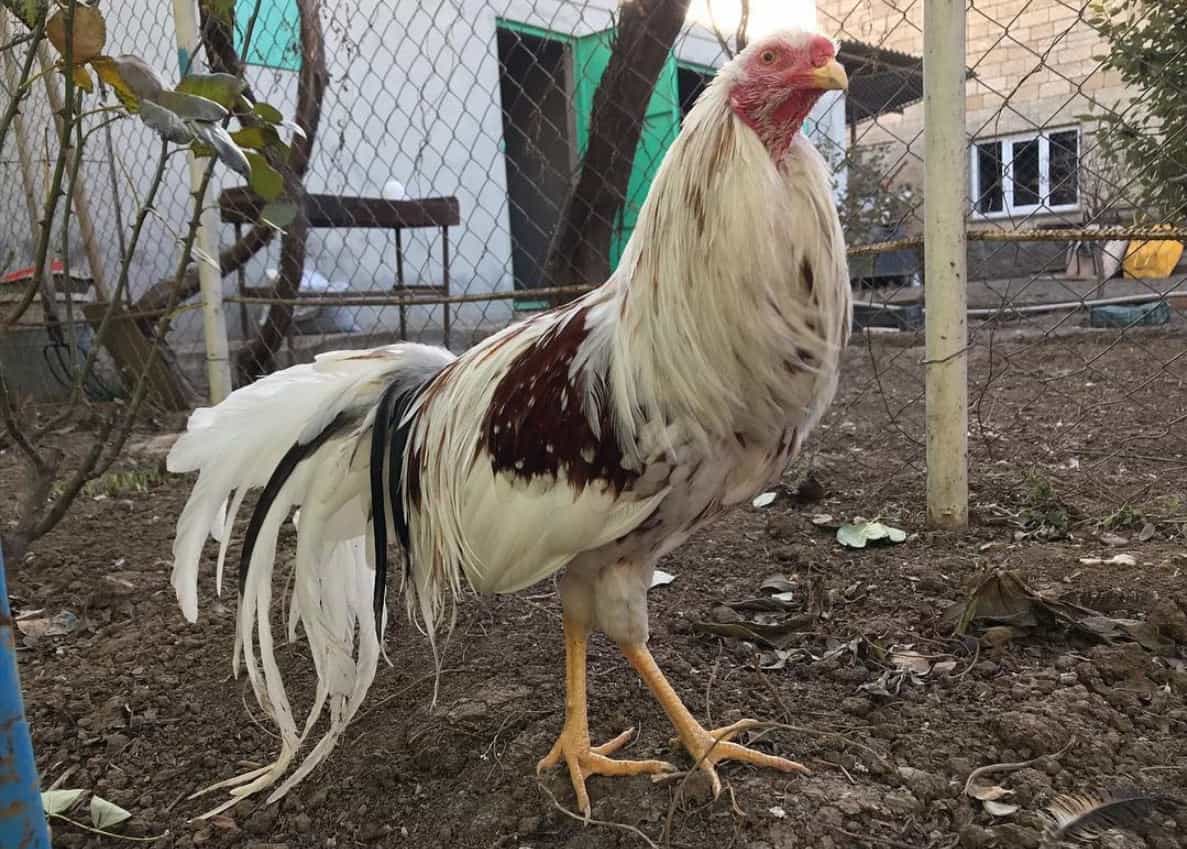
Although these chickens are not particularly good roamers, they do prefer to have a wide space in which to roam. Owners should be prepared to wrangle their chickens in should they decide to allow them to roam, but those who do will find themselves with considerably happier chickens.
As previously mentioned, these chickens are not particularly good at laying eggs. Due to their already low yield, their indifference to laying may be a cause of concern to owners looking for good layers.
As these chickens may go broody after laying only 12-14 eggs, owners of Yokohama hens should be prepared for a considerably low yield.
When bred successfully, Yokohama chickens are mostly hardy. They do not fare well in the cold and prefer the heat. Owners should also look out for potential protein deficiencies in Yokohama chicks.
As their tails grow to such impressive sizes, with lengths of 3 to 4 feet having been previously recorded, chicks typically require extra doses of protein when their tails are first growing.
Owners should be sure to keep their chicks well-fed in order to produce the magnificent appearance of a proper, fully-grown adult Yokohama chicken.
5 Tips for Raising Yokohama Chickens

1. Remember they are Broody
Many Yokohama hens go broody after laying just a few eggs. Those looking to keep Yokohama chickens around their coup longterm will likely have to invest upfront, purchasing several Yokohama chickens in order to keep the flock around.
2. Given them Heat
As these are particularly docile chickens, constructing a good home for them is highly important. Owners should put particular care into ensuring their chickens have a well-heated, aerated abode.
3. Pay Attention to Chicks
As these birds grow up to be visually impressive, keeping them healthy when they are chicks is essential to ensuring proper growth. Their tails and feathers reach impressive lengths, meaning they experience more intense periods of growth than other chickens.
Chicks going through these phases will require additional protein, so be sure to keep an eye on your Yokohama chicks.

4. Successful Breeding Can Be Beneficial
Even if you are not interested in keeping a large flock of Yokohama chickens, any Yokohama breeding you accomplish could prove to be extremely beneficial to you. As these chickens are so notoriously difficult to breed, they have become pretty rare in certain parts of the world.
While maintaining their popularity in the United States and Germany, these chickens remain rare in Britain and Australia. Selling Yokohama chickens in this market could prove to be extremely lucrative to sellers – provided they are able to successfully breed them in the first place, that is.
5. Keep Roosters Away from Other Aggressors
As the roosters of this breed are known for being more aggressive than their hens, it is important to keep them away from more aggressive rooster breeds. This will keep your flock happy and prevent any potential fights from breaking out.
Summary
The Yokohama chicken is known for its beauty and elegance. Keeping these chickens around can provide you with all the advantages that owning a beautiful bird can come with. This bird is truly one for those interested in aesthetics rather than laying but is impressive nonetheless.
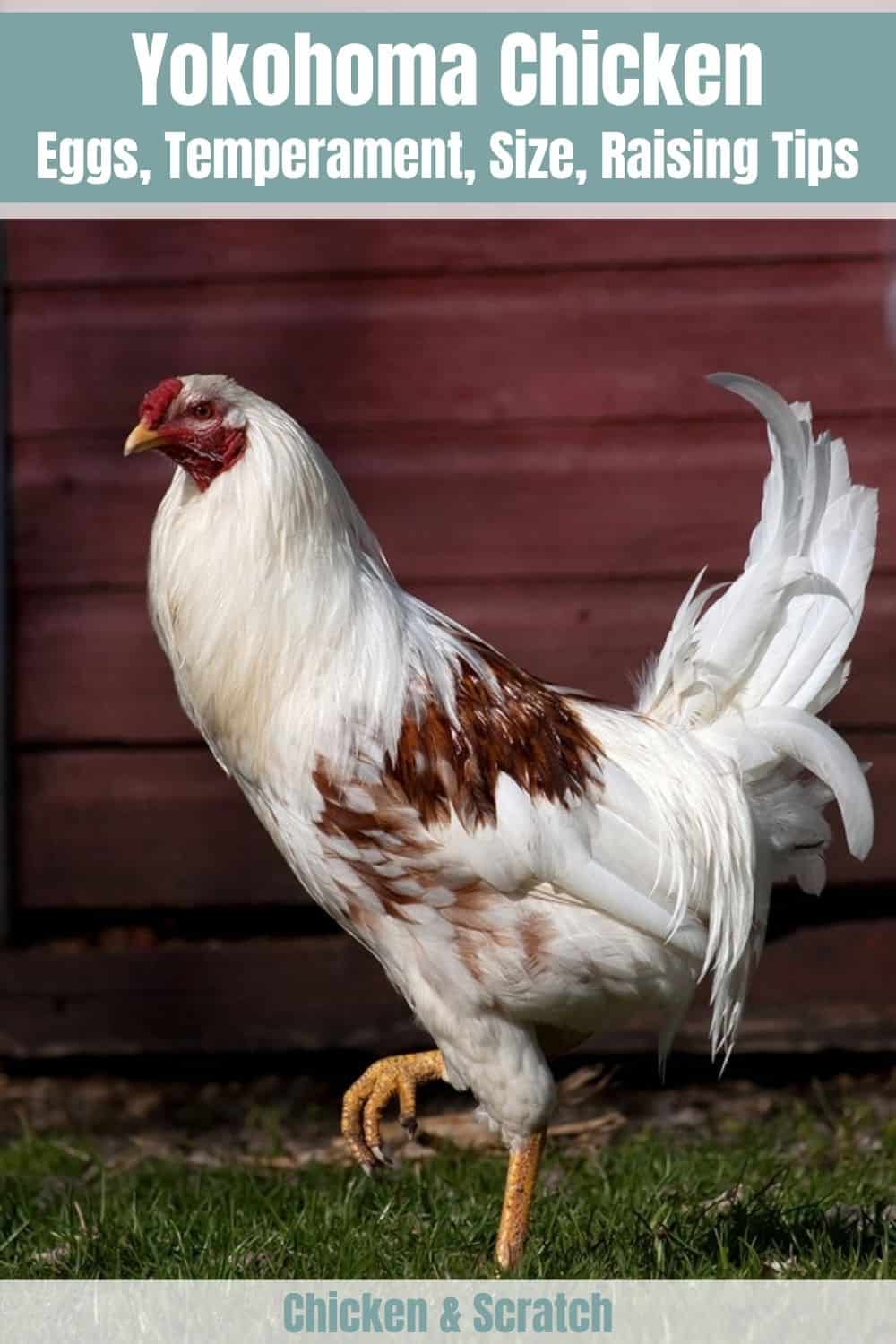

Joseph Hudson has been raising chickens for over 15 years. In 2018, he completed the Agriculture & Natural Resources program at Mt. San Antonio College. He currently raises over 1400 chickens on his 7.5-hectare farm. He keeps sharing his experience on raising healthy and happy chickens on Chicken Scratch The Foundry.
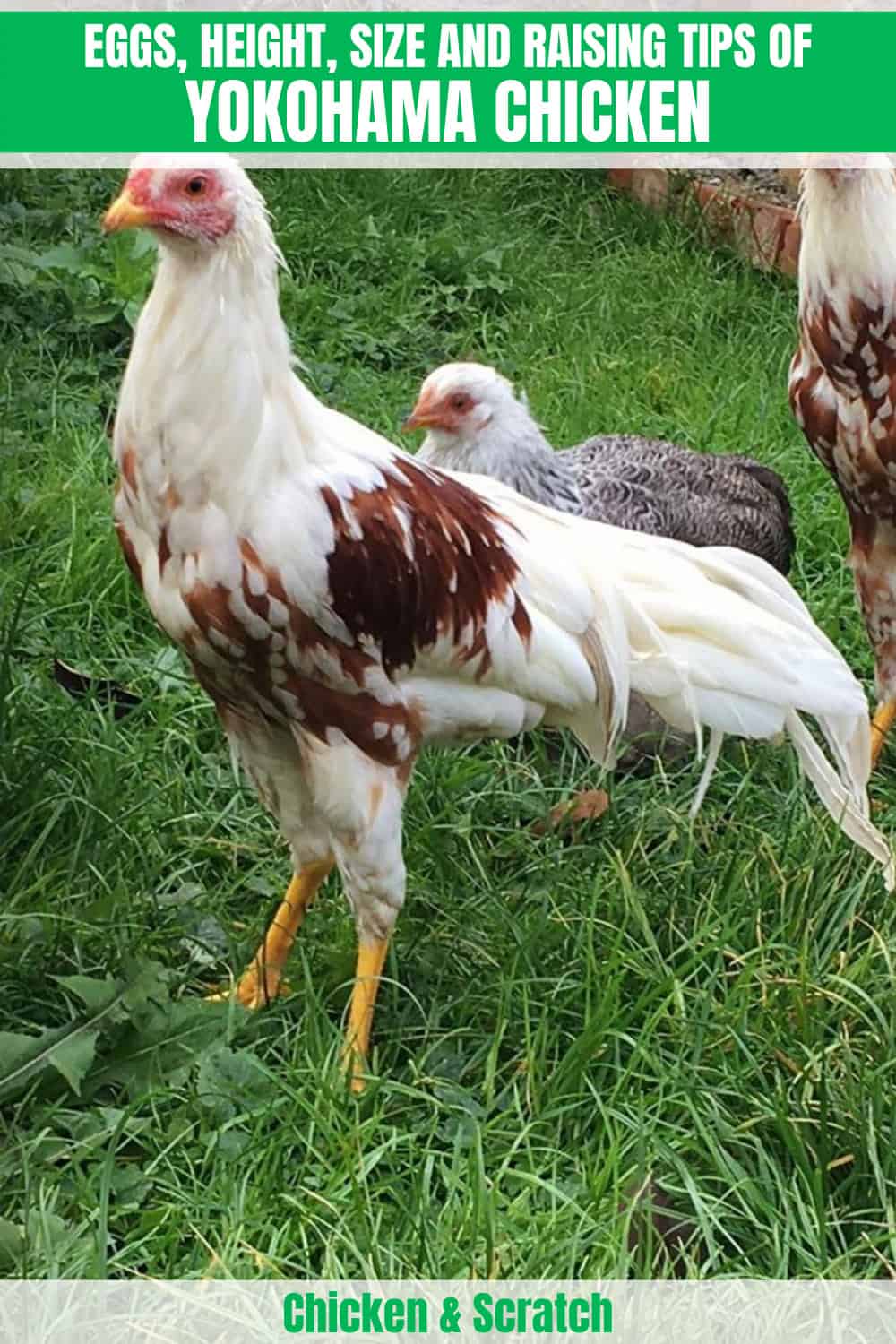







Are they slow to mature? I haven’t had chicks for years, so for fun, I ordered a surprise box from a hatchery and one was included. It’s smaller than the rest, but also it’s feathers are coming in very slow.
where can I order Yokohama Rooster, or would it be better to order a dozen fertile eggs ? I live in Cebu Philippines.
I am a retired / Disabled U.S.Army Veteran, living in CEBU . Origionally from Reno Nevada.
Looking for a Rooster as a gift for a friend!
Is it only the males that have the impressive long feathers? I have two female Yokohamas and they are beautiful, but do not have the long tail feathers.
Yes, only the males have long tail feathers. However, in my opinion, both genders and still beautiful.
We are Breeders in Florida. When I heard they were infamously difficult to raise, and they don’t transport well, I ordered 3 dozen for starter stock. True to rumor, the mortality rate is astounded high.
Hatch rate was fairly normal as with any chicken. It’s after the hatch is when the heartbreak starts. Mortality rates as high as 80%!
Beautiful and graceful, but a bit flighty, being picked up and held by their owners is as much appreciated by the bird as well as the owner. They will settle right in your arm for the ride.
But again, could be heartbreaking for the emotionally attached owner.
Hey there!
Raising Yokohama chickens is indeed challenging due to their high mortality rate, but the bond they form with their owners is truly special. It’s these moments that make the journey worth it. Keep up the great work and cherish those intimate connections with your flock! 🐔❤️